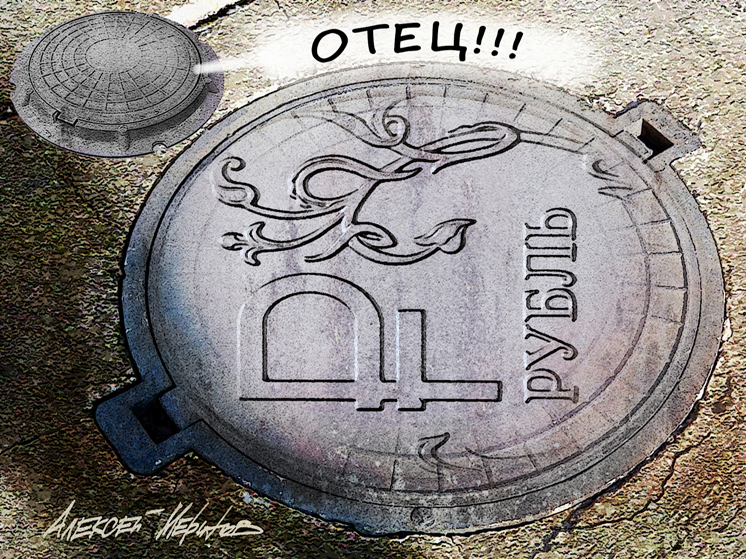They want to save the housing market with the help of savings and loans
In its current form, mortgages in Russia, with its prohibitive interest rates on loans, have practically exhausted themselves as the main institution for the development of the housing market. Both officials and independent experts admit that the situation is deadlocked, calling for the creation of alternative mechanisms for citizens to accumulate funds per square meter. One of these working options could be a savings and loan program, Deputy Prime Minister Marat Khusnullin said the day before.

“Despite the fact that the government has extended preferential mortgages for families, it has to pay a lot of extra money for each borrower, this hundreds of billions annually,” noted Khusnullin, recalling the experience of Bashkiria, where the mechanism of savings and loan banks has long been launched. “Today we looked at how this program can be presented at the federal level. We’ll think again about whether changes need to be made to the legislation,” the Deputy Prime Minister said.
Savings and loan banks first appeared in the 1950s in Germany and then became widespread in many countries, including the Soviet Union. They still operate in France, Hungary, Croatia, and the Czech Republic. The bottom line is that someone who wants to buy an apartment opens a special account where they make a down payment (or gradually accumulate it if the required amount is not available). The cash desk accrues interest on these funds, comparable to interest on bank deposits. As soon as a certain amount has accumulated in the account, for example, 50% of the cost of the selected home, a transaction to register it as a property takes place. According to the Chairman of the State Duma Committee on Property, Land and Property Relations Sergei Gavrilov, this is reminiscent of the Soviet system of cooperatives, “when, when there was a shortage of housing, it could be built.”
In Russia, the idea of savings and loan banks arose back in 1998, during the period of adoption of the law “On Mortgage”. Then the state faced a fundamental choice between two models of mortgage lending — American and German (based precisely on construction savings banks). In the end, they decided to go with the first option, and today, it turns out, the authorities are returning to that same fork in the road 26 years ago. However, it is assumed that the savings and loan program, if successfully implemented, will not replace the current mortgage scheme, but will only complement it.
“In Europe, this is a fairly popular practice, which we want to rely on,” says Nikita Maslennikov, leading expert at the Center for Political Technologies. “It allows us to diversify the housing market and gives people another working tool that simplifies the task of saving money depending on their income and preferences. It makes the lending process smoother and more comfortable for the borrower. In Germany, too, savings and loan banks are actively used to obtain a not too large loan in order to make, figuratively speaking, European-quality renovations in an apartment and then rent it out. And the money already received from the tenant goes to pay the mortgage loan for a larger property.”
It is obvious that the market in Russia is currently overheated, prices have increased to indecent levels, and the availability of housing has declined catastrophically. Initially expecting to receive a very specific number of square meters on a mortgage, “at the end” many Russians see a different, depressing picture for themselves. Accordingly, for a more balanced development of the housing market, the mechanism of savings and loan banks will come in handy. In addition, Maslennikov argues, this format could accelerate the rental housing sector, which is a weak point in Russia.
The problem is not the lack of alternatives to the current mortgage model, but the unimaginably high prices that continue to rise, the inaccessibility of apartments for buyers even at low rates, notes Oleg Repchenko, head of the Analytical Center “Real Estate Market Indicators”. The cost of housing, which has doubled in price in megacities in recent years, is outpacing inflation and interest on deposits. How can I save up for an apartment? Only if the rates on special deposits are an order of magnitude higher than on regular deposits, and not by a percentage or two. However, nothing is known about ways to ensure such profitability; no one is talking about it. This means, sums up Repchenko, that the problem must be approached from a different angle — reducing the cost of construction, the number of approvals, and simplifying access to land plots.


